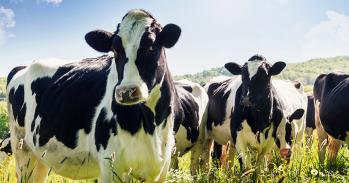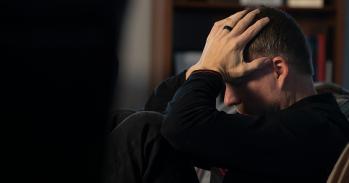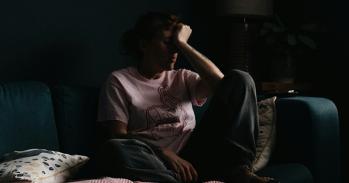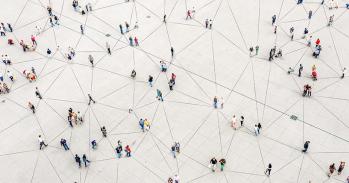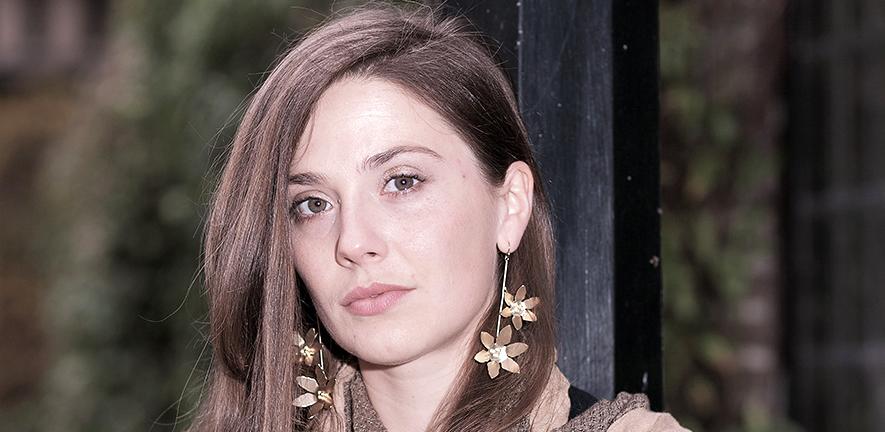
“Complex social, political, economic and ecological forces not only drive infectious disease emergence, but increase our susceptibility to epidemics when they occur,” says Freya Jephcott. Her interdisciplinary approach considers the science of disease outbreaks alongside the beliefs and practices of public health professionals - and how these influence the efficiency of outbreak responses.
“Complex social, political, economic and ecological forces not only drive infectious disease emergence, but increase our susceptibility to epidemics when they occur,” says Freya Jephcott. Her interdisciplinary approach considers the science of disease outbreaks alongside the beliefs and practices of public health professionals - and how these influence the efficiency of outbreak responses.
This article is part of a series in which we speak to some of the many Cambridge researchers tackling COVID-19. For other articles about our latest COVID-19-related research, click here.
Normally if I’m working on an outbreak response I won’t be in Cambridge. My research often requires me to travel many thousands of miles in order to observe or participate in a response. Watching one unfold from my own apartment, here in Cambridge, is a novel experience for me.
I’m currently participating in several COVID-19-related projects. The one I’m most involved with is a COVID-19 surveillance platform, which I’m developing with Emma Glennon and Dr Olivier Restif in the Vet School, in collaboration with a number of researchers across Europe, North America and Africa. The platform is aimed at helping public health officials working in resource-limited settings to rapidly detect potential COVID-19 outbreaks.
My research usually involves ethnographic observation, which means directly watching and documenting an outbreak response as it unfolds. This helps us to understand the factors that informed its trajectory and thus its overall effectiveness. With our larger surveillance platform project, I’m now doing more coordination and administrative work. In some ways this is nice, as I get to work closely with our research partners and funders. The drawback is that I’m not taking full advantage of the opportunity to directly observe a pandemic response unfolding.
Mounting an effective response to this pandemic will be extremely difficult because of variable information about how the disease is affecting different populations. Surveillance data informs response efforts by telling us where the disease is, who is being affected, and how well our interventions are going. Populations already well served by health systems - often groups of higher socio-economic status - tend to be captured by surveillance. Other groups, for instance rural sub-Saharan populations or minorities living in large North American cities, are just not visible in the same way. It is often only after the fact that we can estimate the damage in these populations.
As part of the Disease Dynamics Unit I have always enjoyed a supportive University research community. What’s caught me by surprise during the COVID-19 pandemic has been the extent of my colleagues’ commitment to helping me and my collaborators see our COVID-19 surveillance platform realised. For instance, with the unprecedented amount of email traffic I’ve inevitably overlooked important funding opportunities. But whenever this has occurred a colleague has stepped in, or taken the time to draw my attention to it. Knowing that people have your back in that way is hugely sustaining.
Medical anthropology can help us be better prepared for ‘the next time’. The trajectory of a particular outbreak response is determined by a mix of political, social and ecological factors. Often these larger forces are the sum of seemingly innocuous personal undertakings by the population affected by the outbreak, and the public health professionals and other decision-makers charged with containing it. Medical anthropology enables us to locate and understand these influential, easily overlooked, moments of discretion. It can help us understand the gap between how we had imagined our outbreak surveillance and response systems would manage the COVID-19 pandemic, and what actually happened.
I hope that interdisciplinary research like mine will be better funded in the future. Since the late 1980s there has been an emphasis on reactive responses, and technological solutions to emerging infectious disease threats. Research and development into novel vaccines, surveillance technologies and targeted treatments are often prioritised. These all have a place in disease control, but their power is limited in the absence of basic public health infrastructure, or in societies with significant social inequality.
When the pandemic is over I’m looking forward to a proper weekend off, and to seeing my boyfriend and family again who are all locked down overseas.
Freya Jephcott is a Research Fellow at the University’s Disease Dynamics Unit, in the Department of Veterinary Medicine.
How you can support Cambridge’s COVID-19 research

The text in this work is licensed under a Creative Commons Attribution 4.0 International License. Images, including our videos, are Copyright ©University of Cambridge and licensors/contributors as identified. All rights reserved. We make our image and video content available in a number of ways – as here, on our main website under its Terms and conditions, and on a range of channels including social media that permit your use and sharing of our content under their respective Terms.

